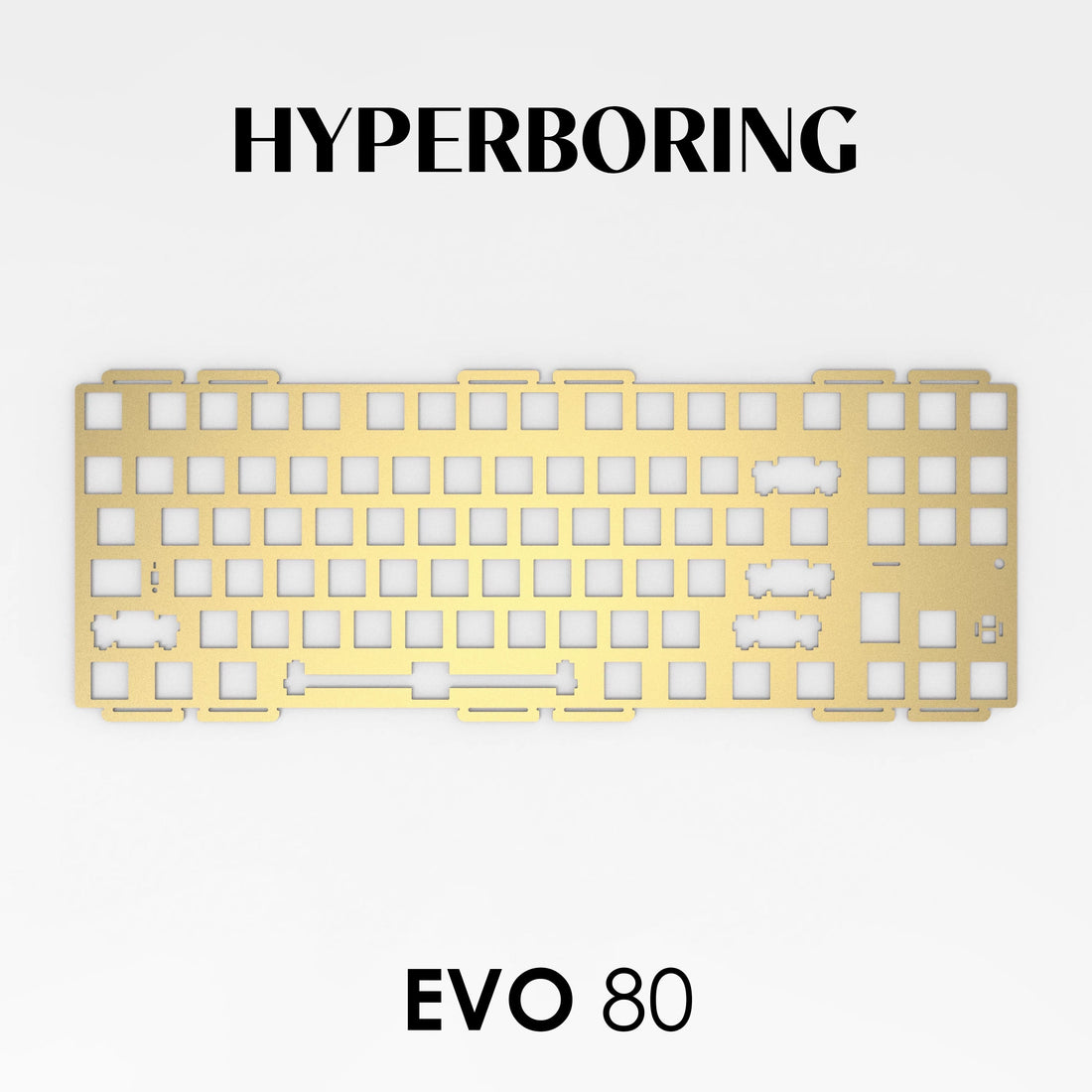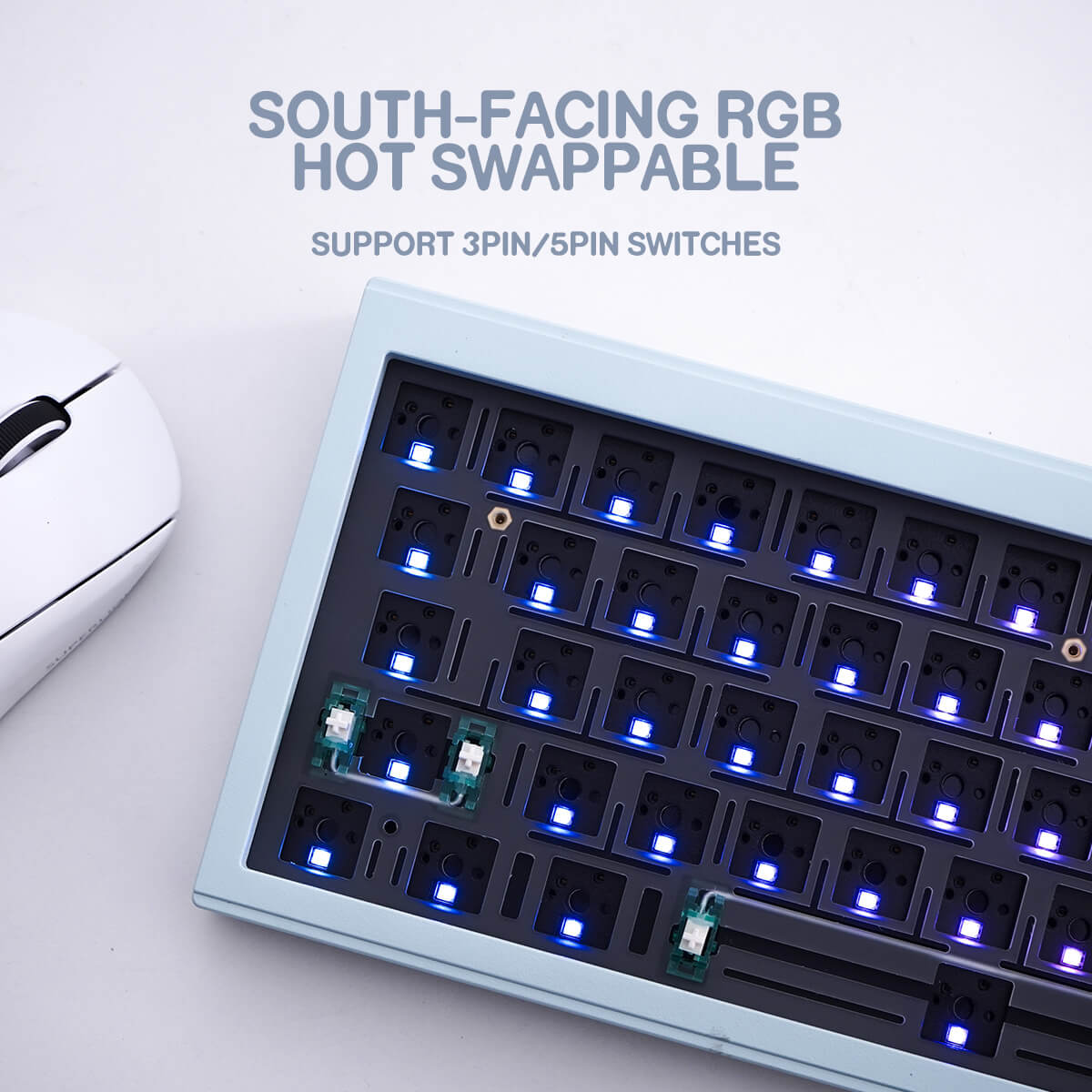You're now part of a community where debates about keyboard acoustics rival arguments over pineapple on pizza. But let's talk about the underdog of your typing setup: the plate. This unassuming slab of metal, plastic, or polymer isn't just holding your switches hostage—it's the puppet master pulling the strings of your keyboard's sound, feel, and soul. Let's unravel why this part deserves a standing ovation (and maybe a tiny trophy).
The Plate: More Than Just a Fancy Paperweight
Picture building a sandcastle during high tide. That's a keyboard without a plate. Often called the "定位板" in Chinese builds, this component locks your switches into place, stops them from wobbling like overcaffeinated jelly, and shields the delicate PCB (your keyboard's brain) from your rage-induced gaming marathons. Think of it as the stern librarian of your keyboard—keeping chaos at bay while you tap-dance on the keys.
But here's the kicker: plates are also mood creators. Swap the material, and your keyboard's personality can flip from "cozy fireplace ASMR" to "angry robot drummer." Let's dive into the wild world of plate materials—no lab coat required.
A Material World: Where Every Plate Tells a Story
If keyboard plates were people, polycarbonate (PC) would be that friend who brings noise-canceling headphones to a rock concert. Flexible and forgiving, PC plates absorb keystrokes like a memory foam mattress, delivering a soft, "thocky" sound that won't wake your cat. They're the introverts of the plate world—quiet, gentle, and surprisingly glamorous under RGB lighting. Perfect for stealthy typists or anyone who's ever been shushed in a Zoom meeting.

Prefer something smoother than a jazz saxophonist's pickup line? Meet POM (Polyoxymethylene). These plates are self-lubricating, turning each keystroke into a buttery glide across hot Teflon. The sound? Think low-fi beats to study/chill to—minimal resonance, maximum zen. Writers chasing that elusive "endgame" typing flow often swear by POM's velvety touch, though it's about as rare as a polite Twitter thread.
For those who can't decide between soft and stiff, FR4 (glass fiber) plates are the Switzerland of materials. Sturdier than PC but less rigid than metal, they strike a Goldilocks balance: crisp feedback without finger fatigue. The sound lands somewhere between tapping a wooden desk and snapping a fresh celery stick—clean, sharp, and oddly addictive. Bonus: FR4 laughs in the face of humidity, making it a hero in muggy climates like Bangkok or Miami.
Now, let's crank up the volume. Aluminum plates are the extroverted cousin who shows up uninvited to karaoke night. Durable and responsive, they deliver a bright, clacky sound that announces every keystroke like a trumpet fanfare. Gamers love them for their instant feedback, though your office nemesis might start "accidentally" slamming drawers to drown you out.
(TO BE CONTINUED)





3 comments
Harolddug
замена венцов новокузнецк
* * * <a href="http://tpk1.ru/index.php?jzyucx">Get Free Bitcoin Now</a> * * * hs=556635e2bc86bfe0b7dc1e27886f6b4a* ххх*
zhf7d6
* * * Get Free Bitcoin Now: http://tpk1.ru/index.php?jzyucx * * * hs=556635e2bc86bfe0b7dc1e27886f6b4a* ххх*
zhf7d6